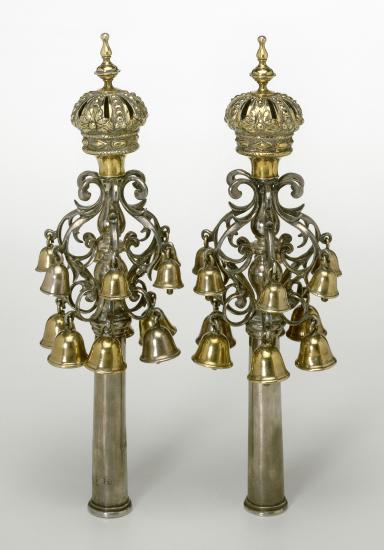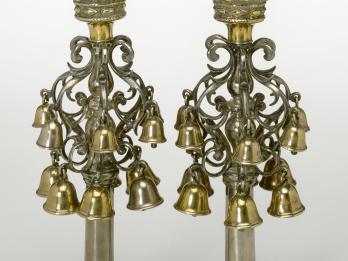Ḥerem against the Karaites
Pieter van Hoven
The Spanish and Portuguese Jewish Community of Amsterdam
1712
We have placed in ḥerem [excommunication] David Henriq[ue]s, alias David Almansa, [and] Aron and Ishack Dias da Fonseca and the account reads, as follows:
(In Adar I). The gentlemen of the Mahamad [board of governors] having come forth with the report that David Mendez Henriques, alias David Almansa, [and] Aron and Ishack Dias da Fonseca follow [the practices of] the Karaite sect, by acting like them and completely denying the tradition of the Oral Law, which is the basis and foundation of our holy Law. And the said gentlemen of the Mahamad, together with the honorable H[aham], having sought to dissuade them from their evil ways and redirect them to the true path, this proved impossible because they remained steadfast, persisting in their prejudicial and heretical views. And thus, both as an obligation which we have undertaken to sweep away the evil in our midst and in order to prevent this contagious evil from infecting us or spreading to others, the gentlemen of the Mahamad have unanimously decided, in conjunction with the opinion of the honorable H, to declare publicly that the aforesaid three individuals are to be excommunicated and their ties with the community severed, and this is to be made public in the following manner, with the doors of the Torah ark to be open to seek retribution from the almighty against them, for being members of a heretical sect and for disturbing the public peace:
With the condemnation of the angels, with the pronouncement of the saints, we shun, set apart, execrate and curse David Mendez Henriques, alias David Almansa, [and] Aron and Ishack Dias da Fonseca, with the consent of the blessed God and the consent of this entire holy congregation, before the holy seraphs, with the 613 commandments that are written thereon, with the ḥerem that Joshua lay Jericho to waste, with the curse by which Elisha cursed the young men and with all the maledictions that are written in the law, may they be cursed by day, may they be cursed by night, may they be cursed when they lay down and may they be cursed when they rise up, may they be cursed when they go out, and may they be cursed when they go in. May God not wish to forgive them; may the fury and zeal of the Lord rage within them, and may all the curses written in the book of this law lie within them. And may the Lord put an end to their names beneath the heavens, and may the Lord set them apart from all the tribes of Israel, marking them for misfortune, bringing down upon them all the curses of the firmament written in this law. And you, adherents of the Lord, your God, all of you living today. Be forewarned that from this day forth nobody may speak with them either orally or in writing, or do them favors either directly or indirectly, or read any document drawn up or written by them. Only their father and brothers are permitted to speak to them, and may the Lord, in his mercy, be of assistance to his people and set aside the evil from our midst and bless us with peace. Amen
Abraham Bueno Henrriquez David Jessurun de Acuña
Mosseh de Pinedo Ishac Levy Ximenez
Jacob Aboab Osorio Moises Mendez da Costa
Moseh de Joseph Mocatta
Credits
Published in: The Posen Library of Jewish Culture and Civilization, vol. 5.





